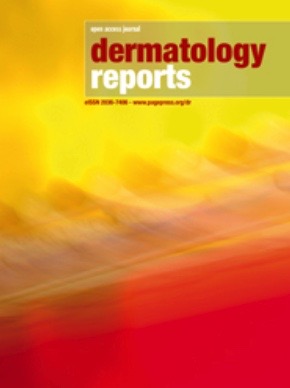Grammatical approach to describing skin lesions: framework and assessment
All claims expressed in this article are solely those of the authors and do not necessarily represent those of their affiliated organizations, or those of the publisher, the editors and the reviewers. Any product that may be evaluated in this article or claim that may be made by its manufacturer is not guaranteed or endorsed by the publisher.
Authors
Teaching the foundation of dermatology for non-dermatologists has proven difficult, especially in a compact undergraduate medical education system. This has consequently led to insufficient preparation of non-dermatologists, including primary care residents, to identify, describe, and manage skin conditions. We present a grammatical approach for learning and describing skin lesions that will provide an early, expandable framework built from easily digestible components. From results in our own institution, we hope this tool will empower trainees of all expertise and specialties to apply their knowledge at the bedside and aid in communication and collaboration with dermatology consultants when needed. Twenty-one first-year medical students at the University of Texas at Austin Dell Medical School voluntarily completed our learning module with a pre- and post-survey, which recorded their confidence in verbally describing common skin lesions and formulating differential diagnoses. 85.7% of respondents said the learning tool helped them better organize a description of skin findings. There was a statistically significant increase in confidence after the learning tool for describing skin lesions (p<0.05) and formulating a differential diagnosis (p<0.05). These results suggest the grammatical approach improves the confidence of trainees by both describing skin lesions and formulating differential diagnoses based on the lesion’s description.
How to Cite

This work is licensed under a Creative Commons Attribution-NonCommercial 4.0 International License.








